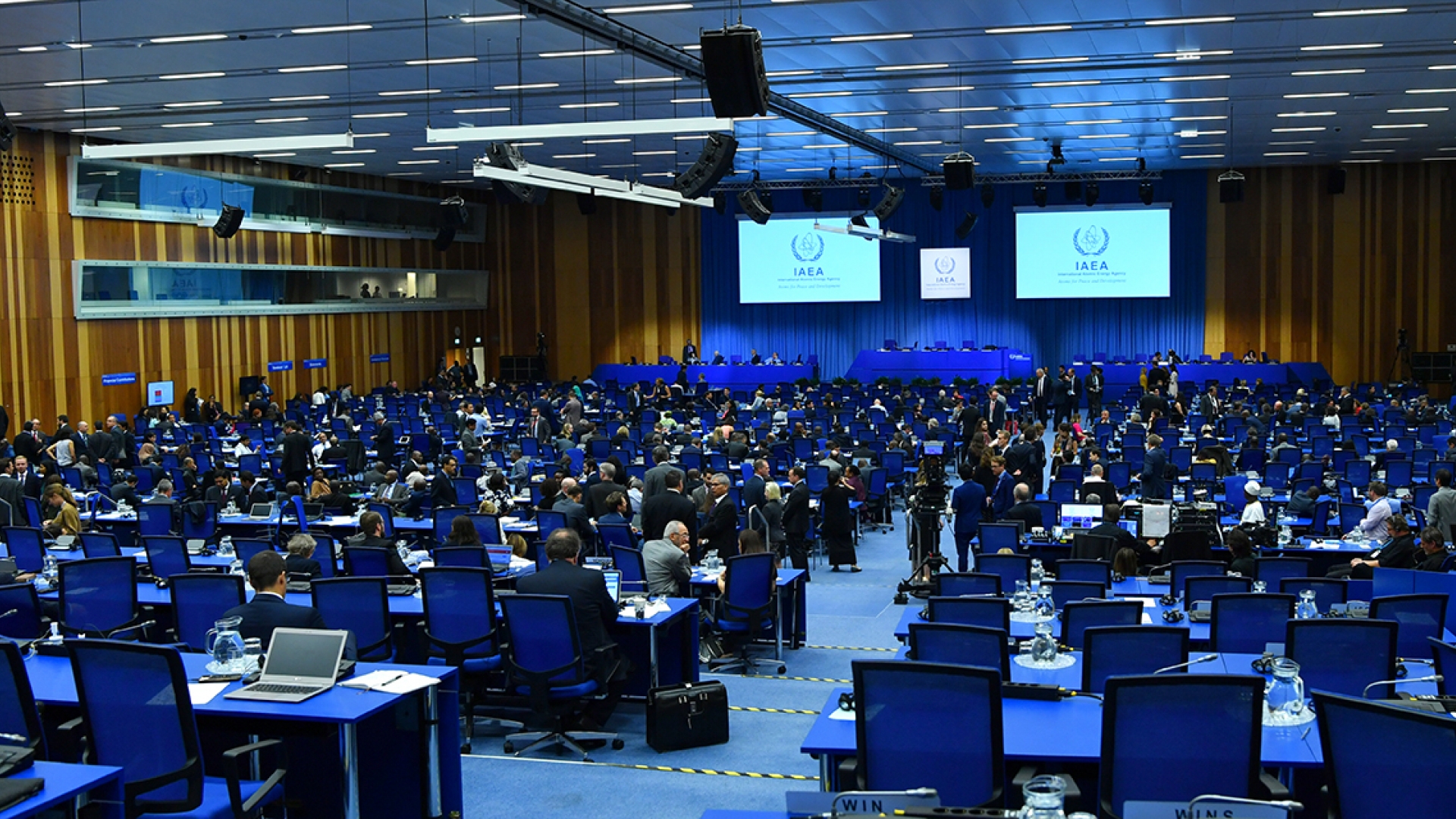When it comes to earthworks Rodney, Rhodes for Roads has the equipment to meet your needs. Its self-built HQ in Camden, NJ has everything you need to handle your project, including testing and inspection equipment. They have a variety of services to fit any budget, including a variety of residential and commercial earthworks projects. The company also offers a variety of landscaping and land development services. If you need help with your project, don’t hesitate to contact us!
The main period for earthworks in the area is from 1 October to 30 April. While some sites are permitted to be worked on outside of these dates, some are prohibited or require special approval. If you’re working near a waterway, you should consult a professional to ensure that you don’t damage the area. Some sites, such as those next to a landfill, have a history of hazardous activities. This means that a construction project that involves the removal of waste from a site will result in a large amount of sediment and dust.
The Smith site is located on an early-Wisconsinan terrace overlooking Big Foot Run and directly over the Stubbs Earthworks. The two sites are located on the same land and are closely related. The Cincinnati Museum Center excavations, conducted in 2007, provided solid evidence that the Stubbs Earthworks had been extending onto the adjacent property. The Cincinnati Museum Center excavations were based on the general site nomenclature used by Genheimer (1984, 1996, 1997).
The season for earthworks in the city of Cincinnati is from 1 October to 30 April. If the works are small, they may be allowed outside of this time frame. However, if they are taking place near water, they will need to follow stricter regulations. The city’s Department of Environmental Protection also requires the use of special sediment control techniques during earthworks in the area. The construction team will have to follow the rules and regulations of the City of Cincinnati to avoid causing a health risk to nearby residents.
In general, Earthworks in the City of Cincinnati are defined as any activity that disturbs the land’s surface. This type of activity is often required to ensure safety and stability. The construction process can also cause erosion of exposed surfaces. This causes dust and sediment to accumulate, thereby affecting local waterways. Despite these precautions, Earthworks in the City of Cincinnati will continue to have a significant environmental impact. The work done in the area is likely to pose a risk to nearby streams and lakes.
There are many types of earthworks in the city of Cincinnati. Whether you’re planning to build a new house or renovate an existing one, these services will ensure that your project is done right. The process of preparing a site will require careful consideration and will be completed to avoid damaging it. In addition, the work done in the city of Cincinnati is a vital part of your project. When you need excavation in the City of Cincinnati, Hamish Construction can assist you with your project. They’ll clear your property and prepare it for construction.
The City of Cincinnati’s Earthworks team has been completing excavations for the city since 2003. These excavations have covered portions of four Stubbs Cluster sites and an adjacent 35-acre property. During this period, the city of Cincinnati’s Earthworks project encompassed over one hectare of land, including a large school. As a result, sediment and dust from these activities are produced and deposited. This pollution affects freshwater and marine vegetation.
When it comes to construction, it is important to consider the effects of a project on the environment. While the city of Cincinnati’s excavations have focused on parts of four Stubbs Cluster sites, the Cincinnati Museum Center’s excavations covered an entire 35-hectare parcel. The researchers found that twenty-one Hopewell wooden structures and numerous other features are present at the site. The excavations at the site were not limited to just one of these. Rather, they were conducted in the neighborhood surrounding the Little Miami High School.
While Cincinnati’s Earthworks Center excavations focused on portions of four Stubbs Cluster sites, a 35-hectare property was the subject of the excavations. The site included over 38 hundred square meters of excavations containing eighty Hopewell wooden structures, as well as a number of other features. The area also served as strong evidence that the Stubbs Earthworks extended onto the property. The team’s fieldwork team used generic terms to designate the sites.
